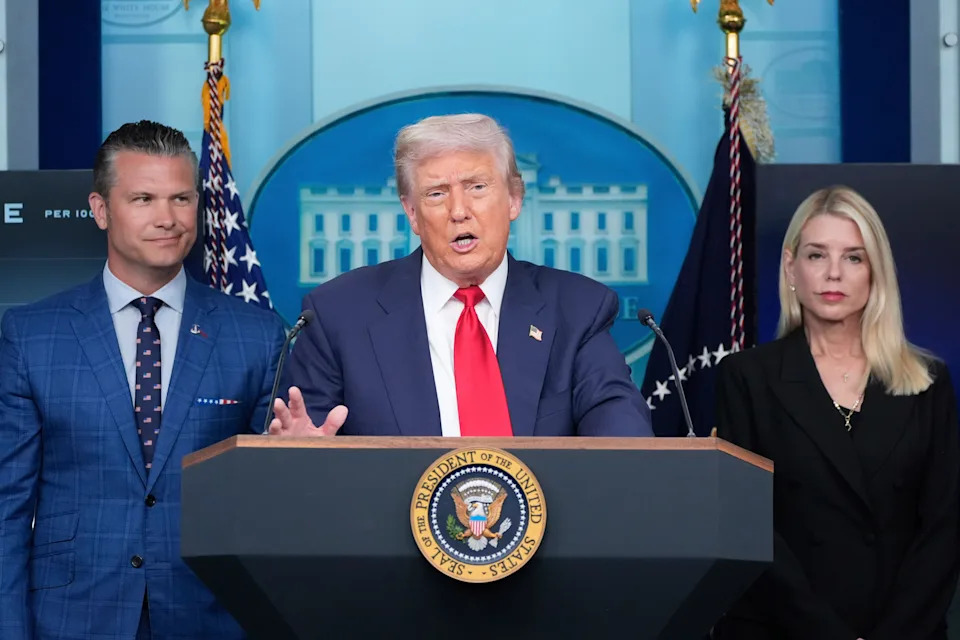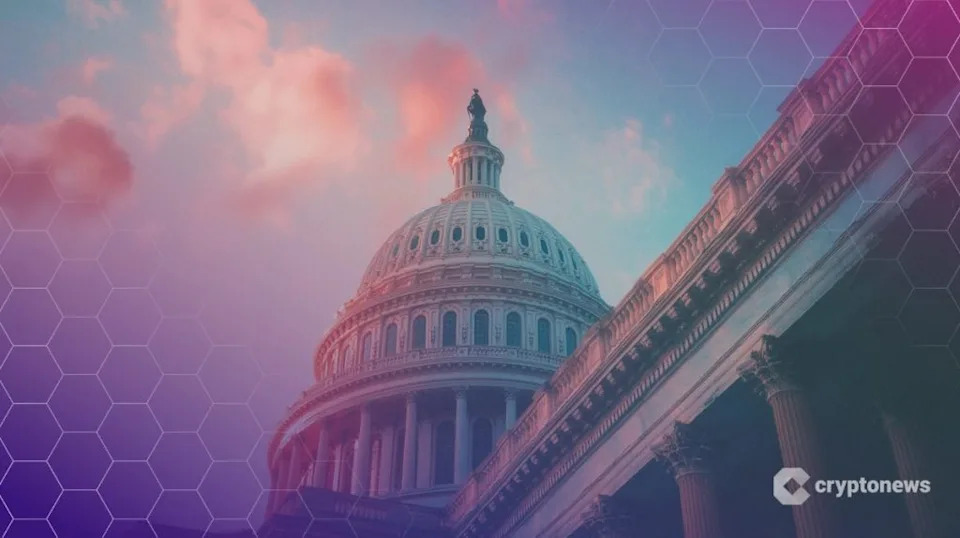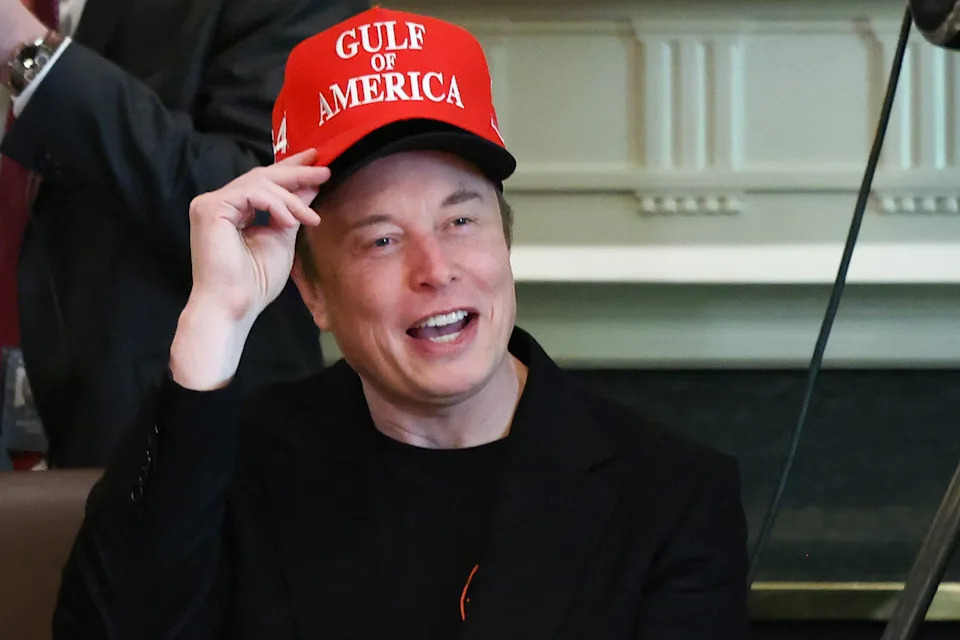
July CPI report expected to show inflation accelerated amid tariff pressures
Key Points
- July's Consumer Price Index (CPI) is expected to show a year-over-year increase of 2.8%, up from 2.7% in June, with a monthly rise of 0.2%, slightly slower than June’s 0.3%.
- Core CPI, excluding volatile food and energy prices, is projected to rise to 3.0% annually from 2.9% in June, with a monthly increase of 0.3%, the strongest in six months.
- Tariff-driven cost pressures are emerging, with apparel, footwear, and furniture prices showing monthly gains in June, signaling higher costs reaching consumers.
- Economists note that while tariffs are pushing prices up, consumer fatigue may limit price increases, with core inflation expected to hover around 3% by year-end.
- Markets are betting on a Federal Reserve rate cut in September, with an 87% probability of a 0.25% reduction, amid concerns over inflation and labor market health.
Summary
The upcoming July Consumer Price Index (CPI) report, set for release on Tuesday, is anticipated to reflect a slight acceleration in annual inflation to 2.8% from June’s 2.7%, while monthly price growth slows to 0.2% from 0.3%. Core CPI, excluding food and energy, is expected to rise to 3.0% year-over-year, with a notable 0.3% monthly increase, driven by persistent goods inflation. Tariff-related cost pressures, evident in June with rising apparel, footwear, and furniture prices, are starting to impact consumers, though growing consumer fatigue may temper further hikes. Economists predict inflation will stabilize around 3% by year-end. Amidst these developments and ongoing trade tensions, with U.S. tariffs at their highest since 1933, markets are increasingly expecting a Federal Reserve rate cut in September, fueled by labor market concerns and stubborn inflation. The report will be critical for gauging the broader economic impact of tariffs and the Fed’s next moves.
yahoo
August 12, 2025
Stocks


